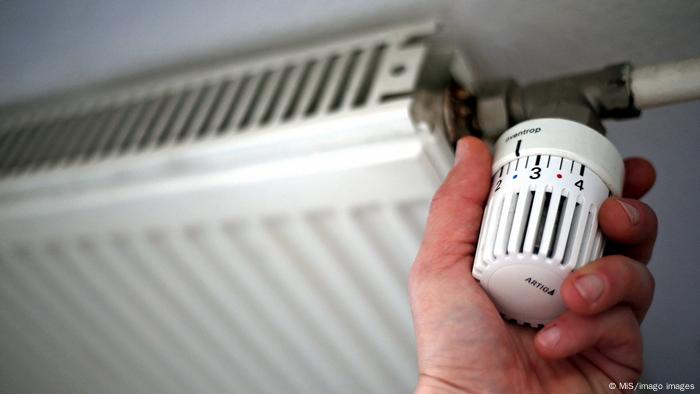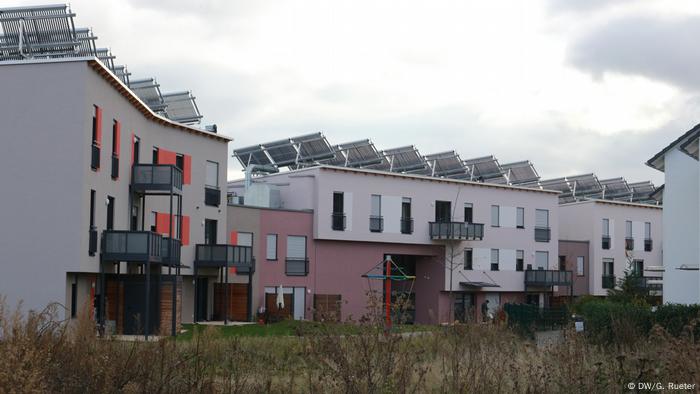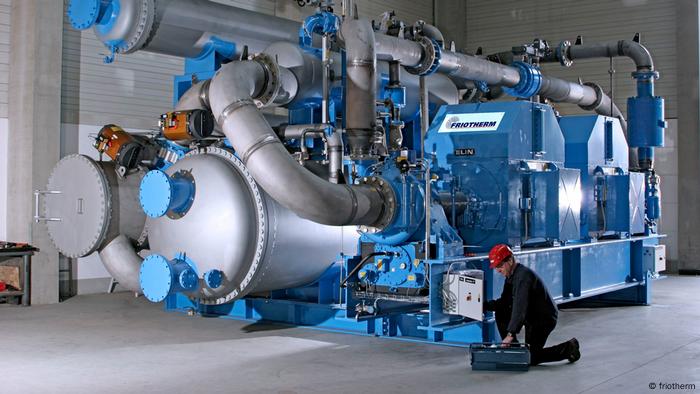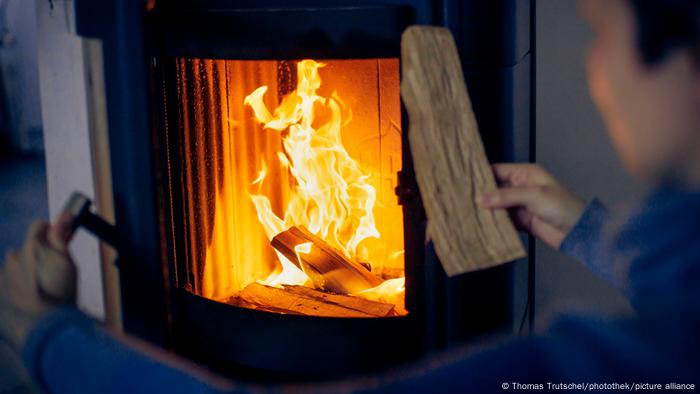Heating with natural gas and oil is harmful to the climate and expensive. How good are heat pumps, wood and co for the climate and the wallet? We check five alternatives.

< h2>1. Heat pumps are conquering the world
In the future, heat pumps could cover more than half of the global heat requirement, according to a scenario by the International Energy Agency IEA. So far, ten percent of buildings worldwide have been heated with it, with natural gas it is currently 38 percent, oil makes up 13 percent. Sales of heat pumps are increasing rapidly. “The technology has proven itself in the coldest climate zones,” says IEA Director Fatih Birol when presenting the report “The future of heat pumps”.
In 2021, 15 percent more heat pumps were installed worldwide than in Previous year. In Germany, Finland and Poland it was already between 50 and 120 percent in 2022.
Heat pumps extract environmental heat from the air, ground or water and basically work in all buildings. Electricity is needed to operate the pump – if it comes from renewable sources, heat pumps are particularly environmentally friendly. On average, between 3-5 kilowatt hours of heat are generated with one kilowatt hour of electricity.
Heat pumps are not only good for the climate, they are usually also inexpensive: Because they are more efficient, heating with heat pumps often costs less over the operating period than heating with oil or gas boilers. “Households that switch to heat pumps can achieve annual savings of $300 (280 euros) in the US and up to $900 (840 euros) in Europe,” says Birol.

Tenants in Frankfurt have no heating costs here. Heating is cheap with solar thermal energy and a heat pump
2. Heating networks: Favorable for cities
Northern European countries such as Norway, Denmark, Sweden and Finland are already pioneers in heat supply with local heating networks and climate-friendly energies.
Depending on the location, the heat for the networks is fed in from various sources and generated where it is particularly cheap: Large heat pumps use heat from lakes and waste water, and waste heat from industries and data centers. Geothermal systems draw heat from up to 5000 meters deep, large solar thermal systems use solar energy and combined heat and power plants use wood and waste as fuel.
Experts and municipal utilities see great potential in the mix of different energy sources and many city networks are being expanded in this way. A pioneer in Germany is the city of Munich, by 2035 the heat supply in the city network is to be climate-neutral.
The city uses a mix of deep geothermal energy as a heat carrier, which generates heat with less than three euro cents per kilowatt hour, Solar thermal energy with generation costs of three eurocents per kilowatt hour, and large heat pumps that use groundwater as a heat source.

This large-scale heat pump generates up to 10,000 KW of heat in Sandkiva's (Norway) district heating network
3. Warm showers with solar energy
In many countries there is hardly any need for heating, there warm water is mainly needed, for example for showering.
In these cases, according to the IEA, solar thermal energy is the “preferred energy”. Such solar systems are already installed on many roofs around the world. In colder countries, this technology is also available in combination with gas, oil and wood heating or with heat pumps. According to the IEA scenario, the share of solar thermal energy in the global heat supply should increase fivefold compared to today.
4. Heating with wood: not climate-neutral and expensive
Even if many people think so: heating with wood or wood pellets is not really climate-neutral. In addition, harmful fine dust is released, emphasizes the Ministry of the Environment.

High prices and a lot of fine dust: Even if wood fires are comfortable, they have some disadvantages
A very big problem is the limited amount of wood worldwide. Newly planted forests are an important carbon store and help to slow down global warming and primeval forests should no longer be cut down to protect the climate.
“Wood is a limited raw material and an important carbon store. It should therefore be used in moderation and then primarily in long-lasting wood products. You should therefore refrain from using wood for heat supply for health and climate protection reasons,” advises the Federal Environment Agency.  ;The prices for wood pellets have risen sharply in recent months, especially in Europe, where consumption is highest worldwide.
5. Hydrogen: important for the energy transition
An electrolysis process can be used to produce CO2-neutral hydrogen from water and green electricity. This could generate thermal heat with the help of a combustion engine or in a fuel cell.
The big problem, however, are the high conversion losses from electricity to hydrogen and from hydrogen to heat: around 50 percent of the energy used is lost in the process. One kilowatt hour (kWh) of electricity produces only half a kilowatt hour of thermal energy.
Body heat to generate energy
For comparison: heat pumps are around seven times more efficient. For heating individual buildings, hydrogen heaters have them therefore not relevant from an expert's point of view.
But for the security of electricity and heat supply, hydrogen will become more and more important in the future. In the future, hydrogen will be needed in particular when little wind or solar energy can be generated during so-called dark periods. According to a study by the Berlin think tank Agora Energiewende, hydrogen combustion in power plants can then also secure electricity and heat in Germany .